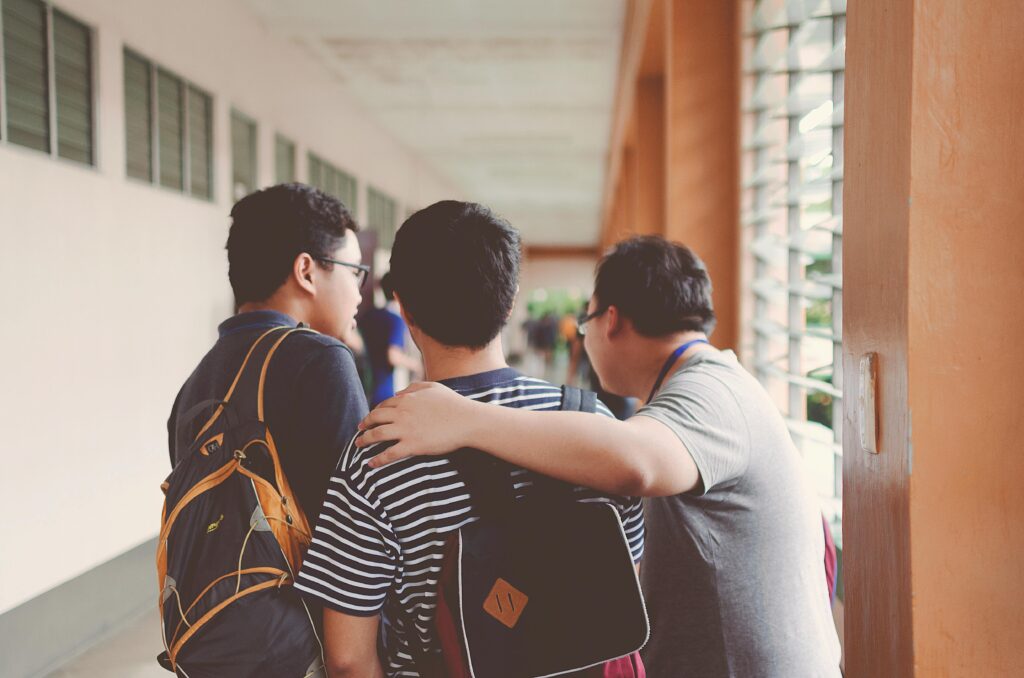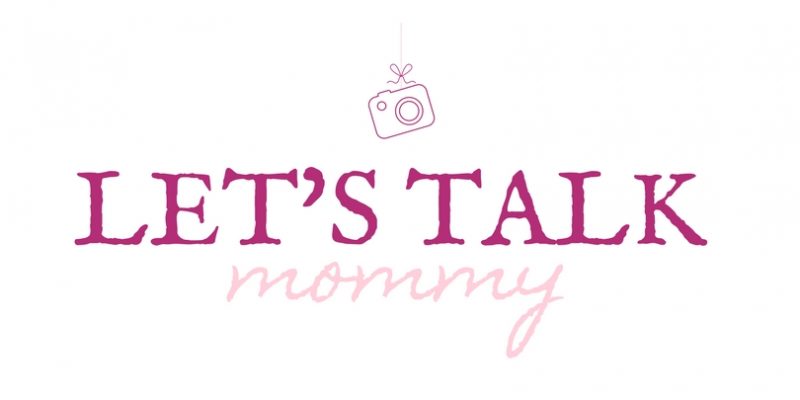Last updated on November 30th, 2024 at 10:39 am

As a parent, your child’s safety is always at the top of your mind, especially when they’re at school. We all want to trust that schools are taking the necessary steps to prepare for emergencies, whether they be natural disasters, health crises, or even unexpected events like fire alarms. But what exactly are schools doing to keep your child safe? And what should you, as a parent, know about the emergency preparedness plans in place?
In recent years, the need for robust emergency preparedness has become more important than ever. Schools are more than just educational spaces—they are community hubs where safety measures must be in place to protect students, staff, and even families. Understanding the role schools play in emergency preparedness is key to helping your child navigate any crises calmly and safely.
This article will walk you through what schools are doing, what you can expect, and how you can support these efforts.
Why Schools Must Prioritize Emergency Preparedness
Schools are responsible for more than just academic instruction—they’re also responsible for ensuring that the students in their care are safe during any crisis that may arise. Whether it’s a natural disaster like a hurricane, a health emergency, or a man-made crisis, schools must have a clear, actionable plan in place to protect students.
Emergency preparedness in schools isn’t just about evacuations and drills. It’s about a comprehensive strategy that includes preparation, response, and recovery. Schools work with various professionals, including those with expertise in social work and disaster resilience, to develop these plans. For instance, individuals with a masters in social work and disaster resilience often help shape policies and procedures that schools rely on during emergencies. These professionals bring both social work skills and disaster management expertise so that schools are equipped to handle the logistical aspects of emergencies and support the emotional and psychological needs of students during a crisis.
In addition to helping design safety protocols, these professionals work on integrating community-focused initiatives. This allows schools to coordinate with local agencies and resources, creating a more robust safety net for students and families.
What Parents Should Expect from Schools’ Emergency Plans
As a parent, you should know that every school is required to have an emergency preparedness plan. These plans typically cover a range of scenarios, including natural disasters, medical emergencies, and lockdown situations. Schools should have clear evacuation routes, communication systems, and reunification plans in place.
It’s important for parents to be aware of these plans. Schools usually provide information during parent meetings or through handbooks, but it’s always a good idea to ask for details. For instance, find out where students will be evacuated in case of an emergency and how parents will be notified. Some schools use text alerts, while others may rely on emails or phone calls.
In addition to knowing the school’s emergency procedures, parents should be aware of the school’s communication protocols. In an emergency, schools will work quickly to contact parents, but it’s important that parents know where to go for information. Most schools designate a specific point of contact or provide a dedicated phone line for updates during a crisis.
How Parents Can Support Emergency Preparedness at Home
While schools are responsible for creating and executing emergency plans, parents play a crucial role in supporting these efforts at home. Children should be prepared to understand what to do in case of an emergency at school, and that preparation starts with you.
You can begin by discussing your child’s school’s emergency plans with them in a calm and reassuring way. Make sure they understand the importance of drills and know what to do if they ever find themselves in an emergency situation. You might also want to practice basic safety drills at home, such as what to do during a fire or where to meet in case of an evacuation.
Parents should also make sure that children understand the importance of staying calm and following the instructions of teachers and staff. If your child has any special needs or medical conditions, make sure the school is aware so that proper accommodations are made during emergencies.
The Emotional Support Children Need During Emergencies
Emergencies can be frightening for children, and while schools focus heavily on the logistics of evacuations and drills, it’s equally important to consider the emotional impact these events can have on young students. Schools often work with mental health professionals, including those with a background in social work, to provide emotional support during and after emergencies.
Children may experience anxiety, confusion, or fear in the wake of a crisis, and schools need to be prepared to offer psychological first aid in these situations. Social workers in schools are trained to handle these emotional responses, ensuring that students receive the care they need. They understand the psychological toll emergencies can have on children and are equipped to provide the necessary support, helping students process their experiences and return to a sense of normalcy.
Parents can also play a key role in supporting their children emotionally. After an emergency, talk to your child about what happened and encourage them to express their feelings. Reassure them that the school is doing everything possible to keep them safe, and remind them that it’s okay to feel scared or confused.
The Future of School Safety and Emergency Preparedness
Emergency preparedness in schools is constantly evolving, with new technology and best practices helping to make schools safer for everyone. From an improved fire protection to communication systems and to more sophisticated drills, schools are continually refining their safety protocols.
Technology plays a significant role in these advancements. Schools are increasingly using apps and other communication platforms so that parents are kept in the loop during emergencies. These platforms allow for real-time updates, reducing the confusion and delays that can occur during crises.
Another exciting development is the integration of disaster resilience training into school systems. As more professionals with expertise in disaster management and social work become involved in the education sector, schools are better equipped to respond to emergencies in a holistic way—addressing both the immediate safety concerns and the emotional well-being of students.
As we move forward, professionals trained in social work and disaster resilience will play an increasingly vital role in helping schools prepare for and manage emergencies. These experts help schools become not just places of learning but also safe havens for students during crises.
Ultimately, emergency preparedness is a shared responsibility. By staying informed, communicating with your child’s school, and reinforcing safety lessons at home, you can help your child be ready for whatever challenges arise.






